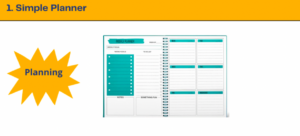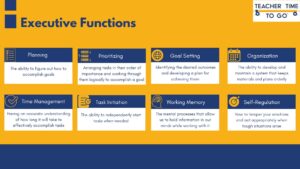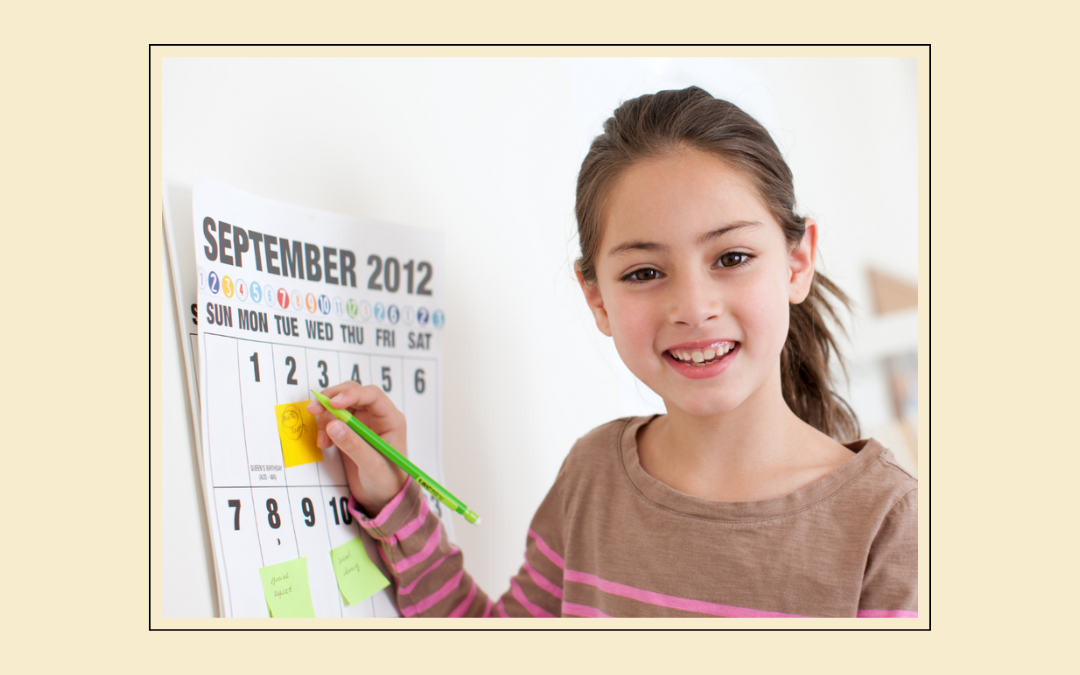Executive Functioning is best understood as the skills we use every day to learn, work and manage daily life. You can think of the term as the skills required to execute tasks.
This is the first post of our 8-part series highlighting Executive Functioning Skills. You will find definitions, parent recommendations, and strategies that can be implemented for immediate support at home for families or in the classroom for teachers. My hope is that by helping you to understand what Executive Functioning is, you’ll be able to best support your child!
Today’s post is all about Planning. Planning is the ability to figure out how to accomplish goals.
There are four basic steps to planning that I want to share as our support strategy:
- Determine the Goal
- Gather Information
- Write Down the Steps & Make a Timeline
- Gather Materials

Step 1: Determine the Goal
Determine what you are trying to accomplish and try to be as specific as you can. In the weeks to come, we will identify and highlight a goal setting framework. When we make a plan, the first thing we need to decide is – what is our goal, or what are we trying to do?
Step 2: Gather Information
Now that we know what our goal is, we should decide what kind of information we need, and how to find that information.
Step 3: Steps & Timeline
Next it is time to write down the steps and decide what order things should be completed in. Making a timeline or writing down dates and times we hope to complete specific steps, can be helpful in keeping on track with our goals.
Step 4: Gather Material
Finally, we can look at our plan and determine what materials we need to complete it. We should make sure we have everything we need before we put our plan in action.
Resource for Success
I wanted to share one of my favorite resources for Planning, and that is a planner! I recommend this to all families, not just students with Executive Dysfunction, but very commonly as a way to proactively address upcoming issues.

My recommendation is to select a simple, weekly planner. Believe me when I tell you, I have spent days researching the most perfect planner. I’ve looked at all the elements from the colors, to the quality, to the extras, but what I have come to realize is that less is more. This style of planner is my go-to because of its simple layout. What I noticed over the years is that when I added stickers and colors and different pens, I got overwhelmed and hyper-focused on the overall look of my planner as opposed to the main goal of the planner which was to keep accurate records of my upcoming schedule.
Here at TT2G, we are working with about 500 families in the local community and approximately 75% of those families request some sort of Executive Functioning Support. This set of skills is a highly sought after service!
Next week we will be sharing another Executive Functioning Skill: Prioritizing.
As a reminder, we will go into detail about each of these with a specific (user friendly definition) and support strategies. This chart below will guide the series.

If you’d like to review the other posts in the series, you can find them here: Executive Functioning Overview, Prioritization.
Have a planning strategy that works for you? We’d LOVE to hear from you!
Live.Laugh.Learn,
Jenn Starkie
Owner, Teacher Time To Go

